LIPOSUCTION
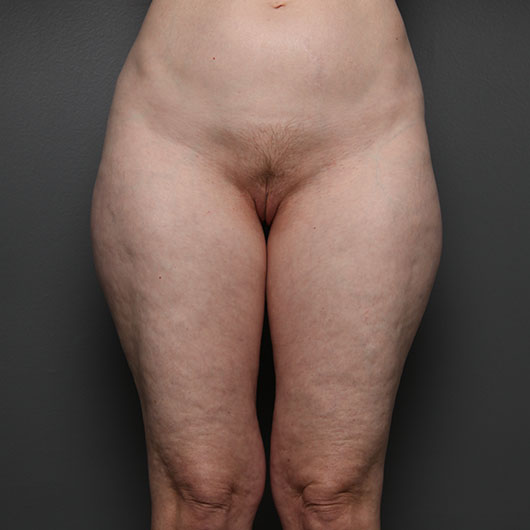


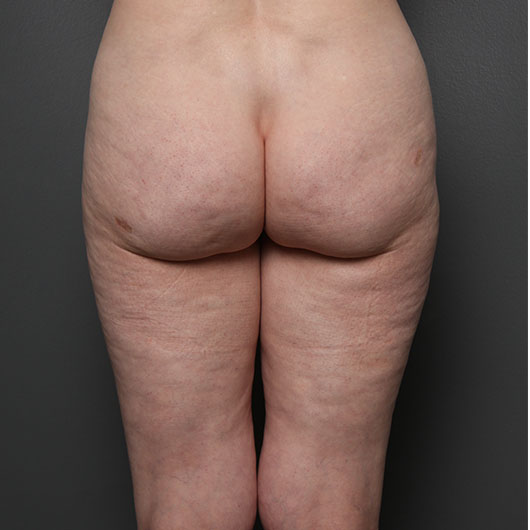
This patient was ideal for reshaping of her thighs. She recycled the fat for enhancement of her breasts. The skin quality was not improved with surgery, but was most fortunately not worsened as can be easily seen in some thigh liposuction cases if very close attention to technique is not performed. This is her result at 3 months after surgery.
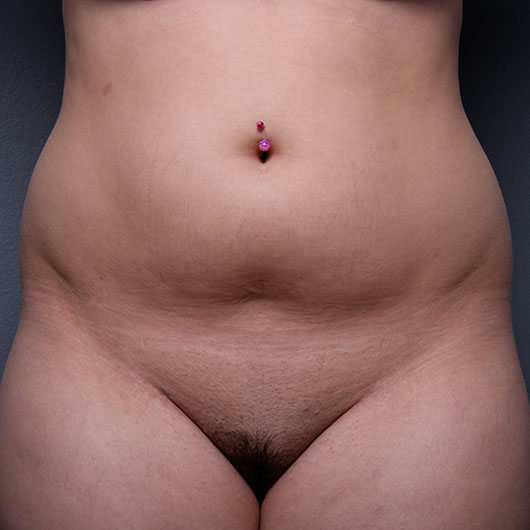
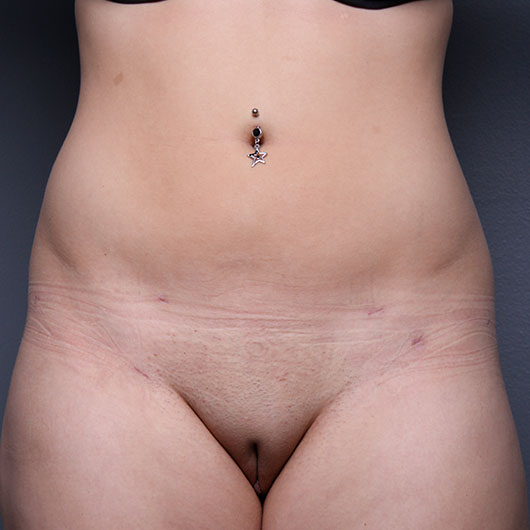
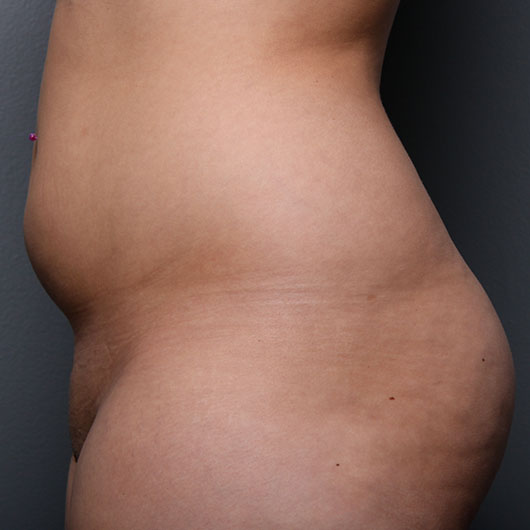
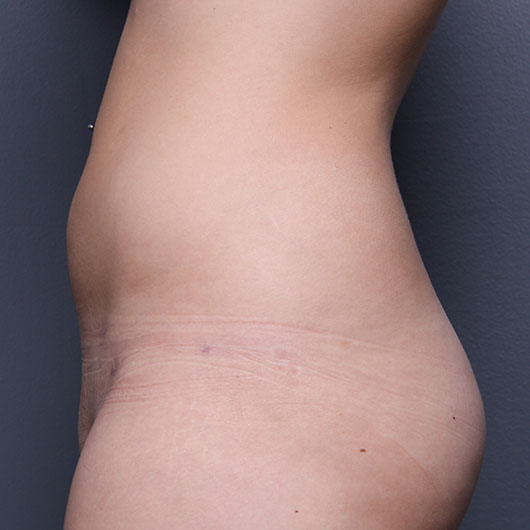
This patient was delighted with the reduction of her muffin top. She was good to not gain weight so her surgical result was maintained one year after surgery.
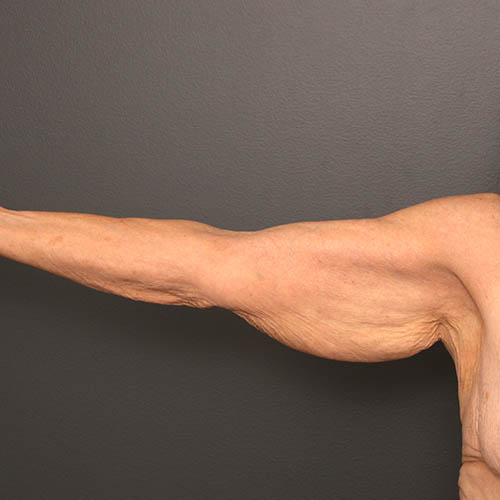
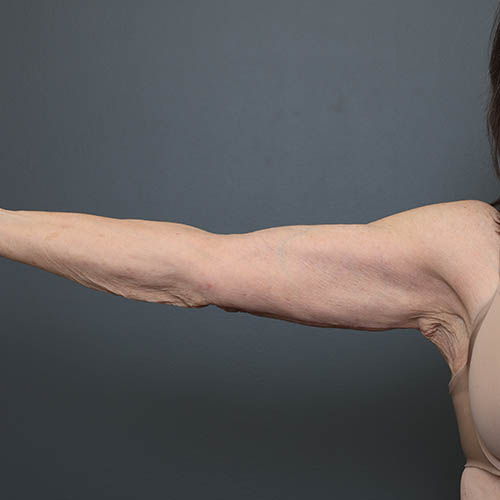
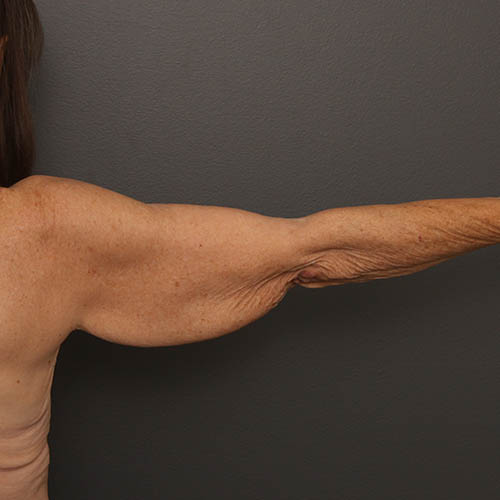

This 64 year old patient had lost weight and wanted less bulk and in her upper arms. Liposuction and skin excision was performed 3 months prior. Success in this procedure places the scar in a less visible position along the base of the arm. Non surgical procedures to improve the skin quality can be performed as an office procedure, but only surgery can remove large amounts of excess skin.
LIPOSUCTION INFORMATION
Liposuction is one of the most sought-after, but least understood procedures in plastic surgery. Most of us would like less fat than we have. The problem is, liposuction should never be confused as a weight loss option. Liposuction is a shaping procedure. If you have one area (OK, maybe two) that stands out from the rest, an area which seems more fatty or overly large compared to the rest of your figure, then you might be a good liposuction candidate.
The best candidates for liposuction have subcutaneous fat which is resistant to diet and exercise. It is ideal for people wanting to change the contour of their body. It can be performed on healthy persons of any age. It is always important to plan on being very vigilant about your body weight. Weight gain after liposuction will harm your result and possibly create unnatural appearances.
Liposuction can be used almost anywhere there is excess fat below the skin. The best areas include upper arms, waist (muffin tops), outer hips (saddle bags), inner knees, under the chin, “bra fat”, and sometimes the lower calf and ankle area. Liposuction has been used successfully for male breast reduction and is now being used in some cases of female breast reduction. Liposuction creates a tightening effect below the skin and can create lovely definition around the jaw line or firm areas of loose skin on the lower abdomen and upper back. The best areas for liposuction have loose fat and tight skin. Loose skin can lead to unwanted skin dimples and wrinkles after removal of fat.
Not necessarily. Liposuction can be an excellent operation for people of any weight, however it is not a weight loss procedure. It is used to help create pleasing contours and remove disproportionate areas of fat. If you are generally displeased with your weight and plan to lose weight, I recommend performing liposuction only after your weight loss has plateaued. Of course, maintaining your weight after liposuction is the best way to enjoy the results.
Yes. Liposuction, when performed properly, sculpts fat – it does not completely remove it. However, the improvements in contour and proportion should be permanent. It never good to gain weight after body contouring surgery of any kind. Ideally, all patients lose at least the amount of weight that was surgically removed in order to “stay even.” Weight gain can result in unpredictable contours and amplifications of the types of surgical irregularity which are unavoidable.
Not always and it may worsen it. Cellulite is created by fibrous connections to the skin surface. A lot of research is being performed on treatment for cellulite, but as yet none of these are predictable. These can be severed with specialized instruments and fat can be re-injected to help smooth these surfaces. A surgical lift procedure provides reliable treatment for these cases, but thigh lift is an extensive procedure best considered only for severe cases. I see many promises for procedures or products to improve cellulite, but unfortunately none of these are proven or consistent.
You will recover at home after your surgery. You will need to wear a compression garment to help limit swelling as you recover. It is important that you invest time and effort prior to surgery to make sure that you have selected a garment which fits well and will be comfortable after surgery. Though you will be sore, you will not be restricted from activity. The soreness with liposuction is very much like a severe bruise, but it can be quite extensive and can take weeks to improve.
Major complications after liposuction are rare when this procedure is performed safely in an accredited center. Current safety guidelines suggest limiting suction volumes to 5 liters (about 11 pounds). The most common complications after liposuction are severe bruising, numbness, uneven contour, grooves, and dimples. Surgeons performing liposuction attempt to avoid uneven outcomes by leaving a small fat layer below the skin, and by applying suction evenly across any given area. Some degree of contour irregularity is quite common and massaging suctioned areas after surgery is very important.
Wear your compression garment as instructed. Use massage to treat any firm or wrinkled areas which, you may have initially after surgery. If surgery is part of a plan for weight loss, maintain your weight, or even better, use this occasion as a sort of new beginning. Plan to treat yourself and your body to what it deserves… healthy food, regular exercise and maybe a new outfit or two. Maybe the most important factor is choosing a good surgeon to begin with. Liposuction is an art – make sure you find a surgeon who understands your interests and is excited about your surgery.
There are many large-scale marketing efforts which are aimed at attracting liposuction patients. The problem is none of these techniques have improved upon the quality, cost-effectiveness or the safety of liposuction. They have just improved on the marketing of liposuction and they have allowed the tools of liposuction to be made available to the vast population of non-surgically trained physicians who want to branch into plastic surgery without the proper training. Buyer beware.
